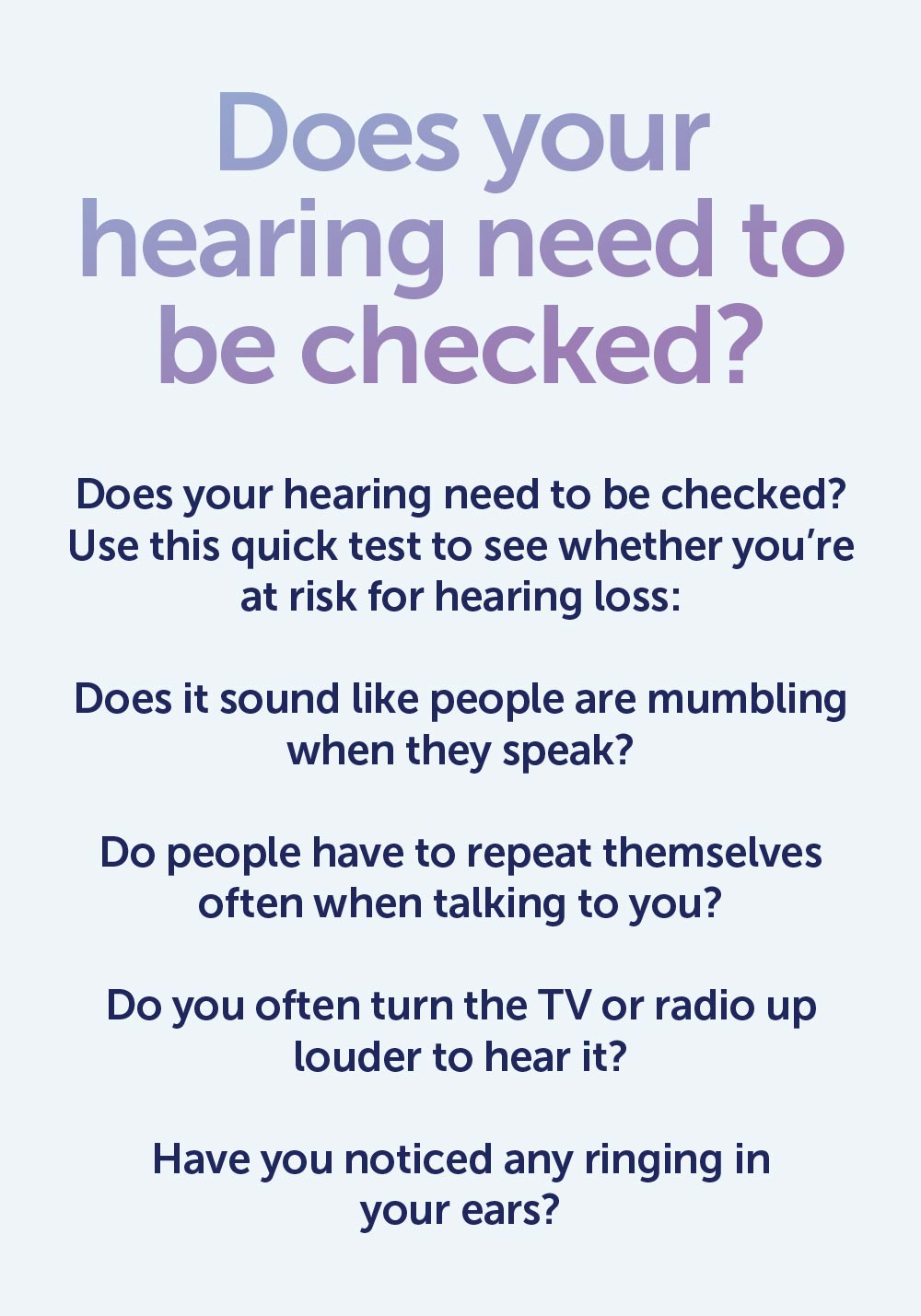Dyslexia Tutoring: Techniques And Techniques For Reliable Learning
Dyslexia Tutoring: Techniques And Techniques For Reliable Learning
Blog Article
Author-Ramos Kidd
If you're working with a trainee who has dyslexia, you recognize just how critical it is to embrace the appropriate methods. Customizing your strategy to fit their one-of-a-kind demands can make a considerable difference in their discovering journey. By incorporating multisensory methods and organized literacy programs, you can help them develop necessary abilities. However what particular methods can you apply to genuinely foster their confidence and growth? Let's explore these reliable approaches with each other.
Recognizing Dyslexia and Its Influence On Learning
Understanding dyslexia is essential because it impacts exactly how individuals learn and refine details. If you or somebody you understand has dyslexia, you'll notice obstacles with reading, spelling, and creating. This isn't a representation of intelligence; it has to do with how the brain translates language.
You might have problem with phonemic awareness, making it difficult to connect sounds to letters. This can result in aggravation and decreased self-confidence in academic atmospheres. Acknowledging these patterns is essential for producing encouraging learning experiences.
You'll locate that very early treatment and tailored techniques can dramatically improve results. By comprehending the unique ways dyslexia impacts learning, you can promote an extra comprehensive environment, assisting those influenced thrive and understand their complete capacity.
Effective Tutoring Strategies for Dyslexic Pupils
Recognizing the obstacles dyslexic trainees encounter unlocks to reliable tutoring approaches that can make a genuine difference in their knowing trip.
Initially, use multisensory techniques; combine visual, auditory, and kinesthetic methods to engage them totally. Integrate structured literacy programs, concentrating on phonics, phonemic understanding, and vocabulary.
Break down jobs right into smaller sized, workable actions to stay clear of overwhelming them. Encourage college test prep and repeating, strengthening knowing without disappointment. Usage favorable support to increase their confidence and inspiration.
Tailor your methods to their special staminas, and hold your horses as they advance. Last but not least, preserve open communication with parents to support their learning at home.
Developing a Supportive Discovering Setting
Producing a supportive knowing setting is important for helping dyslexic students grow. Beginning by guaranteeing the area is quiet and free from interruptions, allowing them to concentrate completely on their jobs.
Use versatile seating plans that promote convenience and engagement. Incorporate visual aids and hands-on products to strengthen finding out concepts, catering to their one-of-a-kind handling designs.
please click the up coming document , so trainees really feel secure revealing their battles and asking for help. Commemorate their successes, regardless of just how small, to enhance their self-confidence.
Develop a regular to provide framework, which can reduce anxiousness. Last but not least, foster cooperation with peers, as social communication can enhance knowing and provide emotional support.
Your initiatives will develop a nurturing ambience that promotes growth and strength.
Final thought
In conclusion, effectively tutoring a dyslexic student requires a blend of understanding, tailored approaches, and a helpful setting. By using multisensory techniques and structured proficiency programs, you can help strengthen necessary skills and boost self-confidence. Remember to maintain https://gunneradhjn.blogars.com/31994632/how-dyslexia-tutoring-can-transform-learning-experiences-for-kid , break jobs right into smaller sized steps, and celebrate development, despite how little. With your dedication and the right method, you can make a considerable distinction in their scholastic trip and total health.
